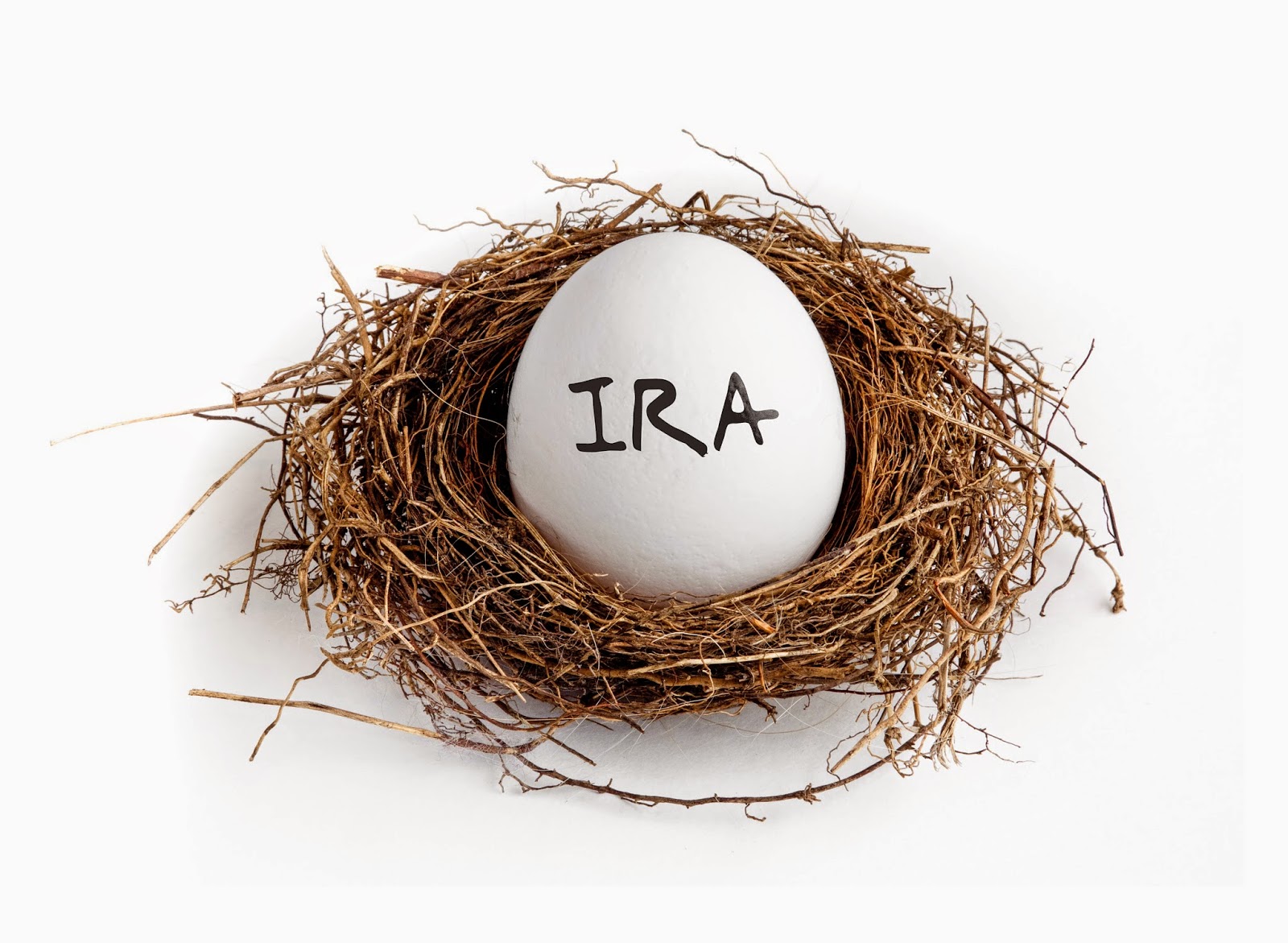 The question came up recently about combining inherited IRAs. The general rule is that you can combine IRAs that you have inherited from the same person. So if you inherited two IRAs from your Mom, you could combine them into one inherited IRA. But if you inherited an IRA from your Mom and inherited an IRA from your Dad, you could not combine them. Sounds simple, right? Let’s take a look at some scenarios.
The question came up recently about combining inherited IRAs. The general rule is that you can combine IRAs that you have inherited from the same person. So if you inherited two IRAs from your Mom, you could combine them into one inherited IRA. But if you inherited an IRA from your Mom and inherited an IRA from your Dad, you could not combine them. Sounds simple, right? Let’s take a look at some scenarios.
Dad had two IRAs when he died. The beneficiary form for one IRA names his children. The beneficiary form for the other account names a trust (or the estate). The IRA will be distributed out of the trust into inherited IRAs for the children who are the beneficiaries of the trust (or the estate). You now have two IRAs that you have inherited from Dad - or do you? These IRAs should generally not be combined for two reasons. One, technically you have two different beneficiaries - you and the trust (or the estate). Two, unless you are the oldest trust (or estate) beneficiary, you will have two different life expectancies for the two inherited IRAs - one will use your single life expectancy, the other will use the single life expectancy of the oldest trust (or estate) beneficiary.
Mom had two IRAs when she died. One was her own IRA that names you as the beneficiary. The other was the IRA she inherited from her sister where she has named you as the beneficiary. These inherited IRAs cannot be combined. Here you will definitely have two different life expectancies. On the IRA you inherited from Mom, you will use your own life expectancy using your age in the year after Mom died. On the IRA that Mom inherited from her sister, you will continue to use Mom’s remaining life expectancy.
One final example; your uncle has an IRA that names you and your sister as the beneficiaries. Your sister dies two months after your uncle dies. You now inherit the entire IRA, both your half and your sister’s half. Again you will have two different life expectancies. You will be able to use your own age for your half of the IRA. On the other half you will have to use your sister’s age since she was alive on the date your uncle died. You will not be able to combine these IRAs.
In all of these scenarios the RMD will have to be calculated and distributed separately for each IRA. You can never take the RMD for an inherited IRA from an IRA that you own or vice versa. IRAs inherited by non-spouse beneficiaries have RMDs beginning in the year after the death of the account owner regardless of the age of the beneficiary. Beneficiaries under the age of 59 ½ never have to pay the 10% early distribution penalty. But if they do not take their required distribution, they will be subject to the 50% penalty for a missed distribution.
- By Beverly DeVeny and Jared Trexler
Aggregating Inherited IRAs
Friday, July 18, 2014
No comments









0 comments:
Post a Comment